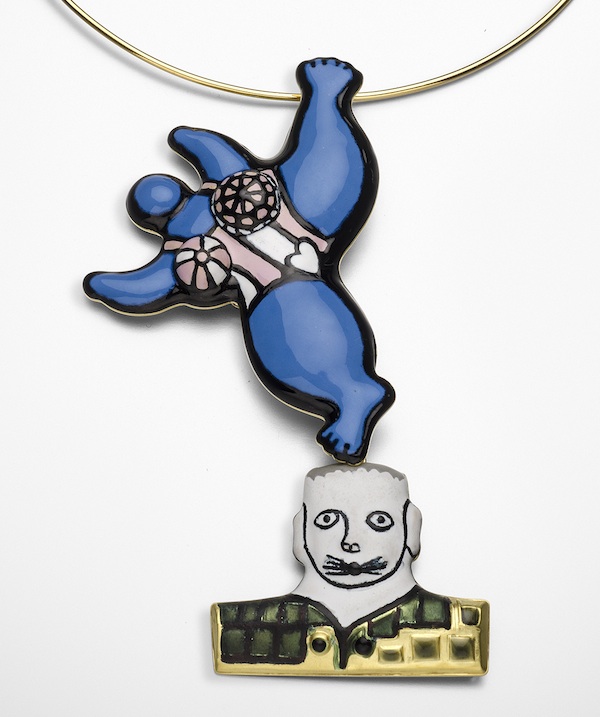Ethically sourced, fair-mined, eco-friendly, sustainable – these are buzz words in jewelry now. So many jewelers are claiming that as part of their brand.
When I see those words on a jewelry website, I dig deeper. Does the term apply to gems as well as metals? Are they monitoring their sources or just donating a percentage to a cause? If I don’t find specifics to back up their claims, I become skeptical – and so should you.
Responsible sourcing is far easier to claim than to achieve. Both gems and metals go through multiple channels before they land in a piece of jewelry. If we want jewelry made with minimal harm to the earth and the people who mine and produce it, we need to start asking the right questions.
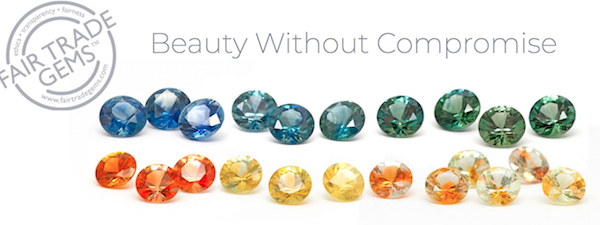
Eric Braunwart of Columbia Gem House was focusing on transparency and responsible mining long before most people in the jewelry industry were even discussing it. As a result, he has a more nuanced understanding of the issues than anyone I know, especially where colored stones are concerned.
Since 1976, Columbia Gem House has been building the world’s largest ethical mine-to-market gemstone supply chain. They operate gemstone-cutting facilities on two continents, working directly with governments, non-profits, and miners to ensure safety, fair wages, ethical sourcing, and environmentally responsible mining.
In order to properly communicate supply chain information, CGH created what they call their “fair trade gem protocols.” Material marked Fair Trade Gems® is their guarantee to provide all the information gathered on every gemstone and they go to great lengths, as you’ll see in our conversation.
Eric has come to the conclusion if you want something done right, do it yourself – also known, in his business, as “mine to market.” Columbia Gem House has exclusive agreements with many mines, including a new one in Malawi that produces Nyala ruby and sapphire and the Tashmarine mine in China. They’ve also developed a program called GemAmerica for gemstones mined in the U.S. – Montana sapphire, blue hyalite opal, anthill garnet, and California tourmaline – working closely with small mines across the country.
I tracked Eric down at the Tucson Gem Show multiple times over the years, most recently for a magazine article series I was writing on ethical jewelry. I also interviewed ethically minded jewelry makers who rely on him as a gem source. As always, he took time away from his busy booth at the AGTA show to catch me up on the state of Fair Trade Gems. Here’s a bit of our conversation.
Let’s start by clarifying terms. I’m seeing a lot of claims about sustainable and ethical jewelry now. What is your definition of responsibly sourced?
Eric: First of all, the important term is “transparent supply chain.” If you don’t build that, you don’t know if it’s ethical, you don’t know if it’s sustainable, you don’t know if it’s responsible. When someone says, “I have a responsible supply chain,” people should ask: “But do you know where and how everything is produced?” That’s the transparent part. We publish it all and by doing that, we run a risk that our competitors will just go there too. But we do it so you, as a consumer or buyer, can look us up and check out our claims.
“Responsible” to me doesn’t just mean that I tracked it. It means if I’ve identified less pleasant business practices along the way, that we try to address them. We try to be part of the solution instead of just saying that’s not our responsibility, it’s the responsibility of the local company.
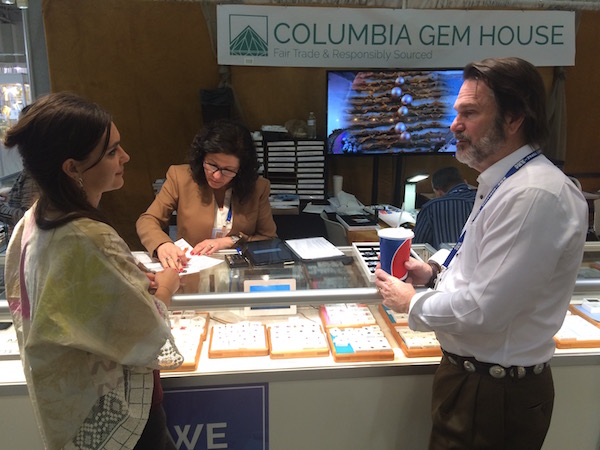
What should the term sustainable mean when it comes to gemstones?
Is a mine sustainable? Well, for a little while, and then it’s not. So are you doing anything in that community so that when that mine closes – maybe not just because it ran out of product but because the material is out of vogue – are you doing anything to help that community prosper after that mine plays out? Are you trying to find jobs for the miners, setting up schools? That’s the sustainability part.
All of those things are hard and nobody can cover all of them every single place they work. The question is: Are they trying, are they thinking about it, are they going that direction? And if they are, they get a lot of credit from me.
You’re addressing dealers and miners. What about others in the jewelry industry? A lot of jewelers are making this claim a central part of their brand.
Eric: Right. My hope that is that they are making it a central part of the ethos of their company, that it’s not just a brand element but a central part of what they truly believe. And if they do, you’ll see them looking into these things. You’ll see them demanding proof from everybody supplying them with goods, saying: You tell me how you’re doing this, you show me. To the ones just making claims? I say show me your notebook. And if they can’t show me that…
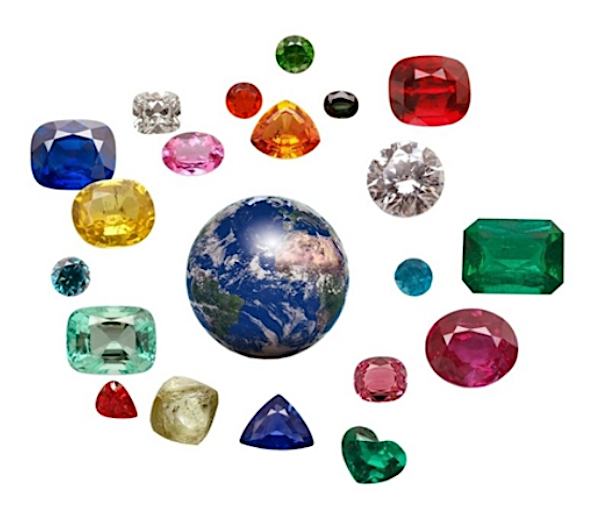
What should the buyer ask for in terms of receipt?
Eric: We get a lot of people who say you need third-party verification. That’s sort of the hallmark stamp of approval. And I think that is a bygone era. I think the millennial will take over that approval process. They will be the ones saying: You show me, you prove it to me, you tell me what you’re doing. And what they’re willing to accept may vary. One person may say: You’re using responsibly sourced gold but you’re still using mercury and, I’m sorry, I won’t support mercury no matter what. Another person will say: Well, you haven’t gotten rid of the mercury but you’re doing a really good job so I’m going to support that. But I think millennials will be the certifiers in five years and it’ll all be on the web. I do not think it’ll be PricewaterhouseCoopers. I think that’s one of the big changes coming down.
That we have a more educated consumer entering this…
Eric: And whatever you say, they can look it up in two seconds on the web. And they’re going to expect you to have it documented in a manner that meets their desires. And I’m not sure I know what that is yet. But they’re going be that certifier. They’re not just going accept the fact that there’s a UL stamp on there and so it’s all okay. [Marks and Labels | UL – UL.com] They’re going to take a picture of the bar code, plug it in and then say, ‘Ohhh, I’m not too excited about this one.’ And then take a picture of the next one and say, ‘I really like this story. That supports my goals.’
And you think they’ll be able do it that fast?
Eric: Yup. That’s part of the change. We all look at it from our age and say: What kind of a certification is that? Well, it’s a person-to-person, up-close and personal certification and we better figure out how that’s going to come about. The question isn’t whether or not it is but are we going to be ready when it does, because if we don’t have it, the buyer doesn’t buy our product any more.
That’s a different answer than you would have given me ten years ago.
Eric: Very different, yeah.
At that time, it was all about trying to meet the GIA standard, create a certificate for colored stones like the one we have for diamonds.
Yep. We’re trying to set a very personal standard on an individual basis now.
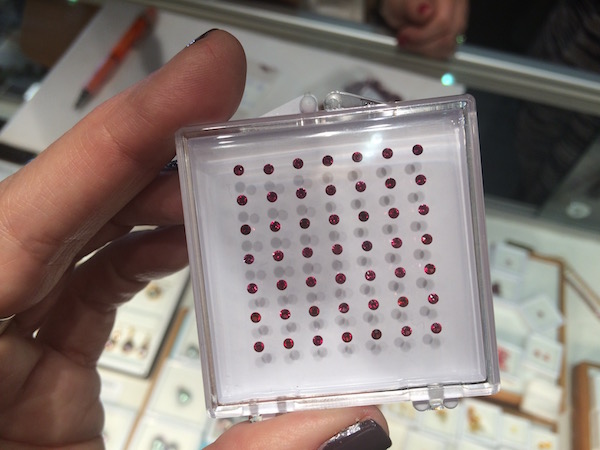
Right now, designers like Luana Coonen represent both the maker and the generation of buyer we’re talking about. She buys from you and only three other suppliers here in Tucson who can provide transparency.
Eric: And she is also the certifier. Her customers are going to ultimately become the certifier but right now, her customers have not been given any of this information. So she’s going around and saying, well, I’ve only found three people I’m comfortable buying from. She is, in effect, making her own certification based on the supporting evidence those dealers can supply.
It seems hyper-specialized because that’s the only thing she can vet right now, but it’s also the difference between a curated menu and five pages where you get overwhelmed. It’s actually a smart approach.
Eric: It is because if I just run around here, there are more cool things than I can ever afford but I’d just have three of everything, going no direction. And she, in her own words, has a social direction she’s going. And that only matters if you don’t just say it but actually commit to it, even when – my favorite word in this industry now is ‘inconvenient’ – even when the answer I get is inconvenient.
Why does that make me think of the current administration? By the way, we also have that going on with this generation.
Eric: I know. And I think that will make them trust government less and trust big business even less. I think the companies that make it through are going have to be real up-close and personal.
Because this is the disenfranchised generation we are creating right now.
Eric: Yup, absolutely. And that whole thing I grew up with – I don’t know who said it, Bob Dylan or somebody – don’t trust anybody over 30.
Me: Oops.
Eric: I think we’re going to be back there real quick. So to me, it’s hard. It’s hard because we have to deal with the realities of the banks, we have to deal with the realities of this other crap to stay in business. But I am confident we’re going to start turning a corner. I hope so.
For more on Columbia Gem House, visit their website:

Want more like this? Sign up to read posts hot off the press.

